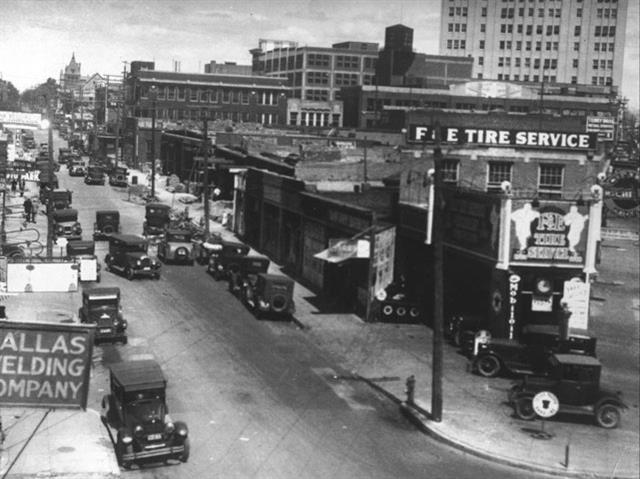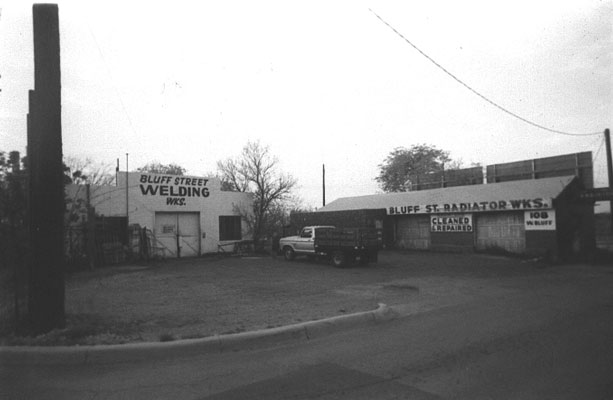 Bluff Manufacturing's history started with Dallas Welding in the early 1920s |
Bluff Manufacturing, a designer and producer of dock and warehouse equipment, got its name from its very first location back in the 1920s.
The company, which makes dockplates, yardramps, levellers and crash protection barriers, started life as a welding company. Dallas Welding moved 30 miles (48.3km) from Dallas, Texas, to Bluff Street in Fort Worth and changed its name to Bluff Street Welding Works. In 1972, the company changed its product focus and Bluff Manufacturing Inc was born.
Ron Gilleland, the company's national sales and marketing manager, says Bluff Manufacturing started to "build boards and plates for local materials handling and just grew from there".
Most of Bluff Manufacturing's older customers still refer to the company as "Bluff Street", recalling its old home.
Evolution in forklifts and warehouses over the decades has impacted on Bluff's designs.
 When the company was moved to Fort Worth it was located on Bluff Street |
Gilleland says Bluff's portable boards and plates have been "greatly impacted" by the use of three-wheeled equipment.
"The distribution of load over three wheels, not four, has prompted the company to rethink capacity recommendations.
"We actually ask 'three wheels or four?' now on our forms for application data."
Also, more warehouse areas need crash protection than before, Gilleland says. Bluff has products to protect foot traffic, electronic panels, air compressors or production equipment including conveyor lines, fabrication equipment and paint lines.
Bluff has 13 warehouses throughout the US.
"According to the 80/20 rule, we find that 20% of our product line covers 80% of the needs. We stock 20% so it is available in one day from almost any point," says Gilleland.
He boasts that Bluff is the only manufacturer in its market to comply with the American National Standards Institute (ANSI) in the manufacture and testing of all its aluminium and steel dock plates and boards.
And what is the company's next step?
"Being a small company with mostly home-grown management, we are investing heavily in learning how to innovate.
"We understand we don't build product, we solve problems," he notes. "We are looking for bigger and better problems to solve."